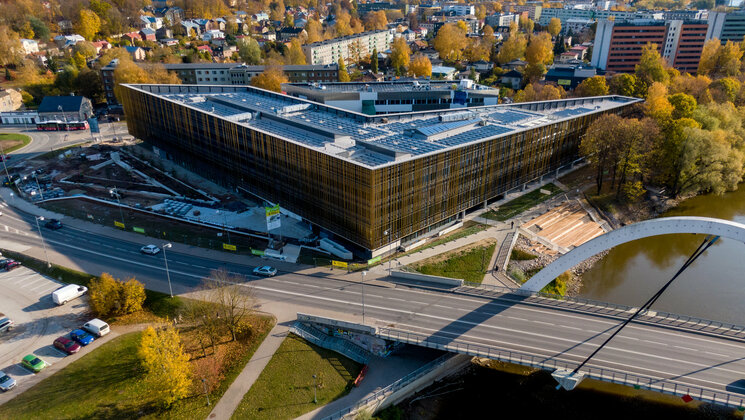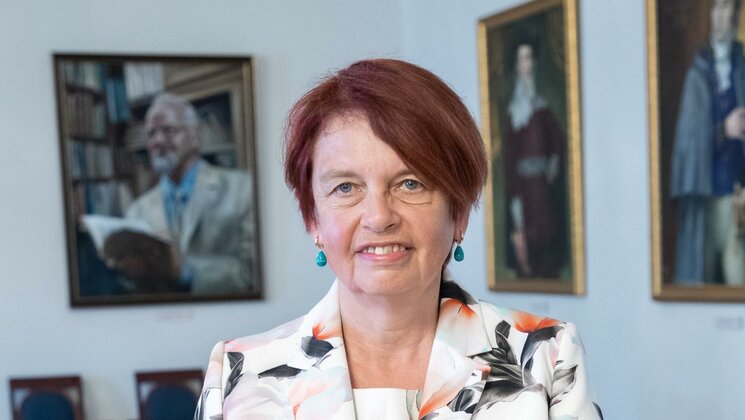-
Faculty of Arts and HumanitiesJakobi 2, r 116-121 51005 Tartu linn, Tartu linn, Tartumaa ESTJakobi 2 51005 Tartu linn, Tartu linn, Tartumaa ESTJakobi 2, IV korrus 51005 Tartu linn, Tartu linn, Tartumaa ESTJakobi 2, III korrus, ruumid 302-337 51005 Tartu linn, Tartu linn, Tartumaa ESTÜlikooli 16 51003 Tartu linn, Tartu linn, Tartumaa ESTLossi 3 51003 Tartu linn, Tartu linn, Tartumaa ESTÜlikooli 18 50090 Tartu linn, Tartu linn, Tartumaa ESTPosti 1 71004 Viljandi linn, Viljandimaa ESTJakobi 2 51005 Tartu linn, Tartu linn, Tartumaa ESTJakobi 2 51005 Tartu linn, Tartu linn, Tartumaa ESTFaculty of Social SciencesLossi 36 51003 Tartu linn, Tartu linn, Tartumaa ESTJakobi 5 51005 Tartu linn, Tartu linn, Tartumaa ESTLossi 36, ruum 301 51003 Tartu linn, Tartu linn, Tartumaa ESTNarva mnt 18 51009 Tartu linn, Tartu linn, Tartumaa ESTNäituse 2 50409 Tartu linn, Tartu linn, Tartumaa ESTNäituse 20 - 324 50409 Tartu linn, Tartu linn, Tartumaa ESTLossi 36 51003 Tartu linn, Tartu linn, Tartumaa ESTRaekoja plats 2 20307 Narva linn, Ida-Virumaa ESTRingi 35 80012 Pärnu linn, Pärnu linn, Pärnumaa ESTLossi 36 51003 Tartu linn, Tartu linn, Tartumaa ESTLossi 36 51003 Tartu linn, Tartu linn, Tartumaa ESTFaculty of MedicineRavila 19 50411 Tartu linn, Tartu linn, Tartumaa ESTBiomeedikum, Ravila 19 50411 Tartu linn, Tartu linn, Tartumaa ESTNooruse 1 50411 Tartu linn, Tartu linn, Tartumaa ESTL. Puusepa 1a 50406 Tartu linn, Tartu linn, Tartumaa ESTL. Puusepa 8 50406 Tartu linn, Tartu linn, Tartumaa ESTRavila 19 50411 Tartu linn, Tartu linn, Tartumaa ESTUjula 4 51008 Tartu linn, Tartu linn, Tartumaa ESTRavila 50411 Tartu linn, Tartu linn, Tartumaa ESTRavila 19 50411 Tartu linn, Tartu linn, Tartumaa ESTFaculty of Science and TechnologyVanemuise 46 - 208 51003 Tartu linn, Tartu linn, Tartumaa ESTNarva mnt 18 51009 Tartu linn, Tartu linn, Tartumaa ESTRiia 23b/2 51010 Tartu linn, Tartu linn, Tartumaa ESTRavila 14a 50411 Tartu linn, Tartu linn, Tartumaa ESTNarva mnt 18 51009 Tartu linn, Tartu linn, Tartumaa ESTRiia 23, 23b - 134 51010 Tartu linn, Tartu linn, Tartumaa ESTObservatooriumi 1 61602 Tõravere alevik, Nõo vald, Tartumaa ESTNooruse 1 50411 Tartu linn, Tartu linn, Tartumaa ESTJ. Liivi tn 2 50409 Tartu linn, Tartu linn, Tartumaa ESTVanemuise 46 51003 Tartu linn, Tartu linn, Tartumaa ESTVanemuise 46 51003 Tartu linn, Tartu linn, Tartumaa ESTArea of Academic SecretaryLossi 3 51003 Tartu linn, Tartu linn, Tartumaa ESTUppsala 6, Lossi 36 51003 Tartu linn, Tartu linn, Tartumaa ESTArea of Head of FinanceÜlikooli 17 51005 Tartu linn, Tartu linn, Tartumaa ESTArea of Director of AdministrationÜlikooli 18A (III korrus) 51005 Tartu linn, Tartu linn, Tartumaa ESTÜlikooli 18, ruumid 102, 104, 209, 210 50090 Tartu linn, Tartu linn, Tartumaa ESTArea of Vice Rector for DevelopmentNarva mnt 18 51009 Tartu linn, Tartu linn, Tartumaa ESTVanemuise 46 51003 Tartu linn, Tartu linn, Tartumaa ESTLossi 25 51003 Tartu linn, Tartu linn, Tartumaa ESTArea of RectorArea of Vice Rector for Academic AffairsUppsala 10 51003 Tartu linn, Tartu linn, Tartumaa ESTÜlikooli 18b 51005 Tartu linn, Tartu linn, Tartumaa ESTArea of Vice Rector for ResearchW. Struve 1 50091 Tartu linn, Tartu linn, Tartumaa EST
Exhibition Sheds Light On Russian Icon Painting
[[{"type":"media","view_mode":"media_large","fid":"41903","attributes":{"alt":"","title":"","class":"media-image","typeof":"foaf:Image","wysiwyg":1}}]]Ikona, or the Russian icon, derives its name from the Greek eikon, meaning “image.” In Eastern Christianity the icon is generally a flat-panel painting depicting a holy being or object - Jesus Christ, the Virgin Mary, saints, angels, or the cross. Icons may be cast in metal, carved in stone, embroidered on cloth, done in mosaic, or even printed on paper or metal. However, the traditional Russian icon is painted with tempera paints on a prepared wooden panel using a surprisingly sophisticated technology.
[[{"type":"media","view_mode":"media_large","fid":"41904","attributes":{"alt":"","title":"","class":"media-image","typeof":"foaf:Image","wysiwyg":1}}]]The art of the icon came to Russia from Byzantium after conversion to Christianity in 988 A.D. The Russians modified this art in ways that reflected their own skills and character. Icon sketches spread, which helped not only to retain certain qualities and standards, but also to simplify the work and quicken the process of painting.
Church Reform in Russia: Old Believers Flee to Estonia
In the 17th century Patriarch Nikon introduced church reforms that brought along changes in liturgy and iconographic images. Those who rejected the reforms and fled to the periphery of Tsarist Russia – including Estonia – came to be known as Old Believers. Today there are still almost 15 thousand Old Believers by birth in Estonia, and most of them live in the Lake Peipsi area. Their local roots are deep and strong, their culture is unique and they are indeed very religious.
[[{"type":"media","view_mode":"media_large","fid":"41907","attributes":{"alt":"","title":"","class":"media-image","typeof":"foaf:Image","wysiwyg":1}}]]Icon Workshop in the Lake Peipsi Area
Orthodox and Old Believers’ icon traditions also developed in different ways. Icons painted in the traditional or “old” style are executed in a non-realistic, stylized manner intended to reveal the “spiritual” nature of the figures depicted rather than accurate anatomical detail.
The exhibition introduces the icon sketches of the Raja village workshop, which was active around the turn of the 19th and 20th century. The sketches provide a glimpse into the workshop life of icon painters, who were supervised by the monk Gavriil Frolov. Their role in passing on the icon canon of the Old Believers is hard to overestimate.
[[{"type":"media","view_mode":"media_large","fid":"41908","attributes":{"alt":"","title":"","class":"media-image","typeof":"foaf:Image","wysiwyg":1}}]]Icon Painting Is a Spiritual Experience
The exhibition was notably composed by someone who creates icons herself and passes this knowledge on to children. “Icon painting gives you peace, a sense of contentment and self-fulfillment. At the same time you are not supposed to express your artistic creativity or emotions, as the tradition you are a part of is much bigger than you”, shares Külli Valk – and you can see all this in her eyes.
The exhibition will be open until mid June.
UT Art Museum: /artmuseum.
More about Russian Old Believers in Estonia: http://www.starover.ee.
Inga Külmoja
Senior Specialist for International Communication
Phone: +372 737 6165
inga.kulmoja@ut.ee
Read more similar news






